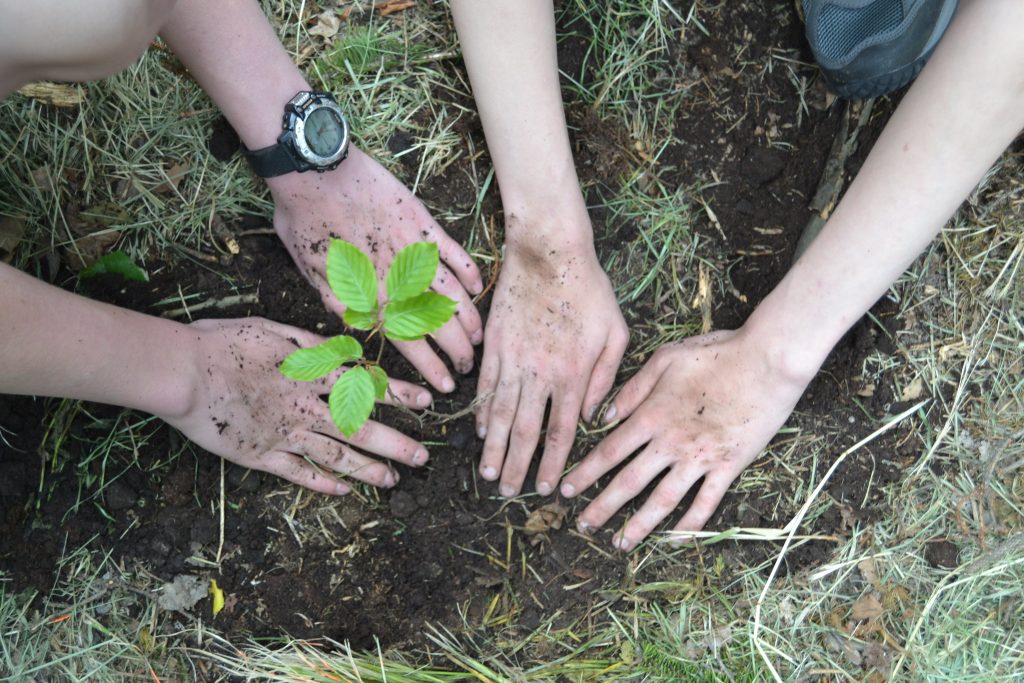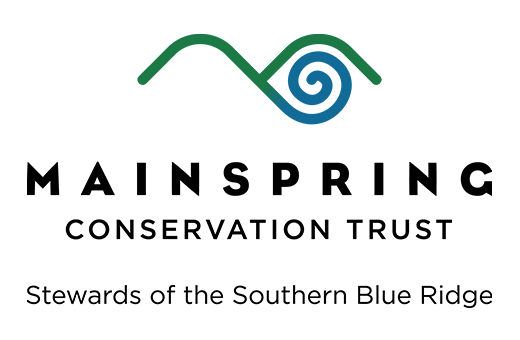When: February 23, 2023 @ 9:00 am

Mainspring Conservation Trust invites volunteers of every knowledge level to join our tree planting party and turn Tessentee Bottomland Preserve’s newest tract into a haven for wildlife!
This event will run from 9am-5pm in Franklin. Volunteers can stay for the whole event or drop in when they can. Mainspring will supply tools but volunteers should bring their own water, and are welcome to bring their own work gloves. Anyone who owns and is willing to share a dibble bar is encouraged to bring it. Enjoy provided snacks and pizza, befriending like-minded tree lovers, and the satisfaction of creating a permanent home for an abundance of critters! No previous experience is necessary. To register for this event, fill out the form below.
Mainspring acquired the first portion of the Tessentee Bottomland Preserve in 1999, and added two smaller tracts in 2000 and 2009. This new addition, a 40-acre retired cattle pasture, brings the total size of the preserve to over 110 acres. Most of the addition will be managed as a wildflower and grass meadow, but Mainspring’s Stewardship Manager Kelder Monar has a different vision for the area along the water.
“We’re going to establish a woody riparian buffer on 14 acres of the property, along the river and the creek,” says Monar. “We will plant native trees with specific value for wildlife, 4,300 trees in total. This is a big project, so we’ll need some extra volunteers.”
Without intentional planting, common species such as tulip poplar, black walnut, and sycamore would naturally form a “woody riparian buffer,” a community of plants growing along a waterway that keeps it clean, cool, and comfortable for aquatic creatures. These common trees would create an effective buffer, their roots filtering runoff and preventing soil from washing into the water while their leaves provide shade, but they are already prevalent in floodplain forests and wouldn’t offer wildlife anything special.
Monar wants this buffer to not only improve the aquatic habitat on the preserve, but enrich the forest habitat as well, and sees this planting event as an opportunity to achieve that goal. He selected 8 species of native trees and shrubs for the event that will distinctly support resident wildlife. Redbud, silky dogwood, false indigo, and buttonbush provide nectar for pollinators. Persimmon, black gum, and red mulberry produce tasty fruits that birds and mammals enjoy. Catalpa hosts Catalpa sphinx moth caterpillars, which often drop into the water and are a delicacy to the fish that call our rivers and creeks home.
Registration is required to attend this event. After completing the form below, you will receive additional details on where to park and meet the group. Please email Skye with any questions. We look forward to planting with you!
No Fields Found.
